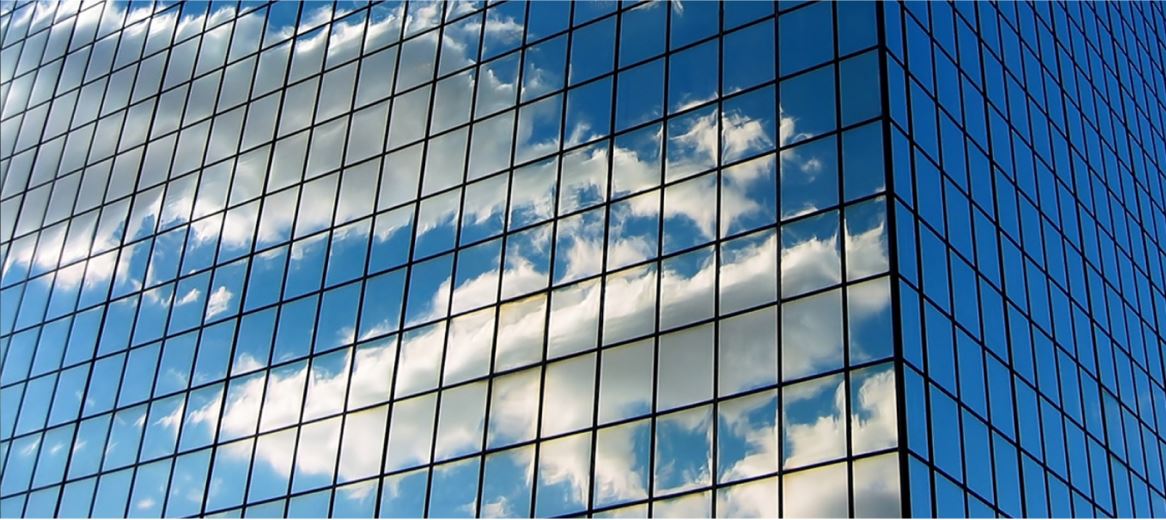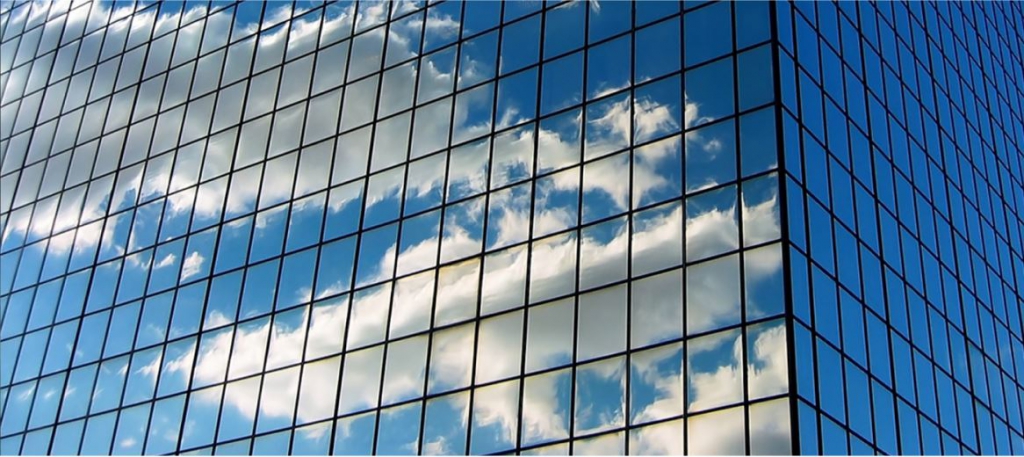Glass is different, in contrast with a number of other common materials such as metal, plastics or wood, glass exhibits brittle fracture, i.e. glass can break suddenly and without any apparent warning. This often unpredictable nature of glass breakage can be both spectacular and frightening when it happens, so we must and do design glass to be as safe as possible as economically as possible.
The first step toward designing architectural glass is to understand what glass actually is, so let us firstly take a look at glass as a material.
Glass as a Material
Glass is a liquid that has cooled to a solid state without any crystallisation occurring in the material. Glass has often been described by less well informed people as super cooled liquid, which it is not. A super cooled liquid is a liquid at temperature below which it would normally solidify, while glass is a solid with an amorphous random non crystalline structure. The use of the term “super cooled liquid” in relation to glass is seriously misleading as it implies that glass can flow. In fact glass is far too rigid to flow at normal temperatures.
Typical soda lime silica float glass (window glass) is comprised of the following primary chemicals;
- Silica (SiO2) – 73%
- Soda (Na2O) – 14%
- Calcium Oxide (CaO) – 7%
- Magnesium Oxide (MgO) – 4%
- Alumina (Al2O3) – 1%
Traces of secondary materials such as Potassium Oxide (K2O), Iron Oxide (Fe2O2) and Sulphur Tri-oxide (SO3) are also used to improve the glass surface quality and durability etcetera.
On an atomic scale window glass is basically a network of silicon-oxygen-silicon bonds, this network being randomly modified by the presence of calcium ions and sodium ions. The arrangement of these atoms is completely random, just as it would be in a liquid and is not orderly or regular like the molecules in a crystal of sugar, salt or ice. See Figure 1.
Because of this random network arrangement, glass is completely non ductile and it is this which sets glass apart from most other materials.
When stress is applied to any material it deforms through stretching of the interatomic and intermolecular bonds. The amount of deformation, or strain, depends on the arrangement of the atoms and molecules. At higher levels of stress most materials deform plastically, that is, the atoms or molecules which are organised in a geometric or linear formation can slide past each other. They can thus accommodate large strains without failure although they may be permanently deformed.



